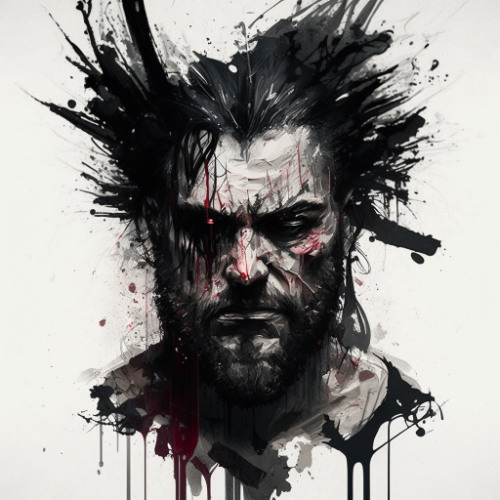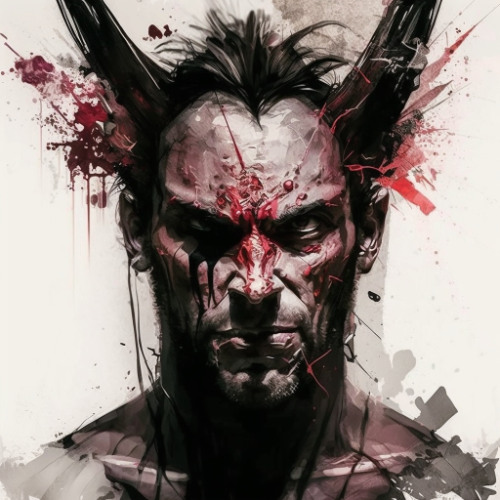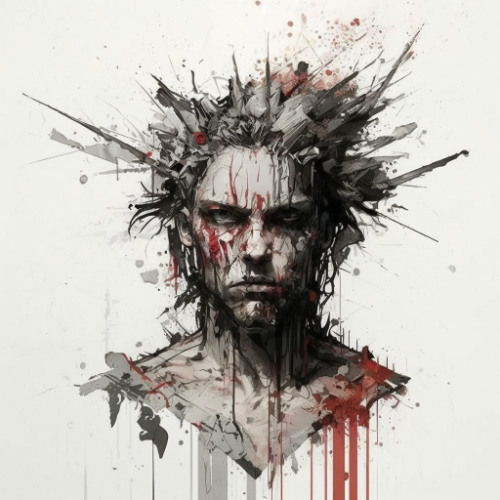

Juan Carlos Chavez was convicted in 1998 for the first-degree murder, kidnapping, and sexual battery of nine-year-old Samuel James "Jimmy" Ryce. According to his confession, on September 11, 1995, Chavez abducted Jimmy at gunpoint from a school bus stop in Redland, Florida. He then took the boy to his trailer, where he sexually assaulted him. Approximately four hours later, when Jimmy tried to escape, Chavez shot and killed him. Two days after the murder, Chavez dismembered Jimmy's body and hid the remains in concrete inside three plastic planters. The remains were discovered three months later near Chavez's residence, and he confessed to the crime after a 55-hour interrogation. In 1998, Chavez was found guilty on all charges: first-degree murder, sexual battery on a person less than 12 years old, and armed kidnapping. He received a death sentence for the murder and consecutive life sentences for the kidnapping and sexual battery. Juan Carlos Chavez was executed on February 12, 2014. https://ift.tt/jK2c6yf
High Dynamic Range Black & White photography isn't as common as it should be. I like it. Really like it
High Dynamic Range (HDR) black and white photography is a technique that combines multiple exposures of the same scene to capture a wider range of tonal detail than a single exposure can record.1 This is particularly useful in black and white photography, where the absence of color places greater emphasis on contrast and tonal variations.
Here's a breakdown of key aspects:
What is HDR?
- Dynamic Range: Refers to the difference between the lightest and darkest tones in an image. Scenes with high dynamic range (e.g., a bright sky and dark shadows) can be challenging for cameras to capture in a single exposure, often resulting in lost detail in either the highlights or the shadows.2
- HDR Technique: Involves taking several photos of the same scene with different exposure settings. These images are then merged using software to create a single image with a significantly expanded dynamic range, retaining detail in both bright and dark areas.3
- Enhanced Tonal Depth: HDR allows you to capture subtle gradations in tone, from deep blacks to bright whites, revealing details that might be lost in a standard black and white conversion.4 This creates richer and more nuanced monochrome images.
- Increased Contrast Control: By merging multiple exposures, you gain greater control over the overall contrast and the local contrast within different areas of the image during post-processing.5
- Texture and Detail: HDR can bring out microtextures and subtle details in both highlights and shadows, adding depth and visual interest to black and white photographs.6
- Creative Vision: HDR in black and white can be used to create dramatic and impactful images, pushing beyond the limitations of a single exposure to achieve a specific artistic vision.
- Shooting for HDR:
- Bracketed Exposures: The most common method involves taking at least three shots: one normally exposed, one underexposed (to capture highlight detail), and one overexposed (to capture shadow detail). More exposures can be used for scenes with extreme dynamic range.
- Tripod: Using a tripod is crucial to ensure that the multiple exposures are perfectly aligned.
- RAW Format: Shooting in RAW format captures the maximum amount of information, providing greater flexibility during the HDR merging and black and white conversion process.7
- Consistent Aperture: Maintain the same aperture for all bracketed shots to ensure consistent depth of field.8 Adjust only the shutter speed.
- HDR Software:
- Software like Adobe Photoshop, Lightroom, Photomatix Pro, and others offer HDR merging capabilities.9
- These programs combine the bracketed exposures into a single HDR image, often allowing you to adjust parameters like tone mapping, detail enhancement, and ghost reduction (for moving objects).
- Black and White Conversion:
- The black and white conversion can be done either before or after the HDR merge, depending on your workflow and creative preference.
- Converting after the HDR merge allows you to leverage the full tonal range captured in the HDR image for a more nuanced monochrome result.
- Software like Nik Silver Efex Pro offers advanced controls for black and white conversion, including simulating different film types and applying tonal adjustments based on color channels.10
- Post-Processing:
- After the HDR merge and black and white conversion, further adjustments can be made to contrast, brightness, dodging and burning (local adjustments of highlights and shadows), and sharpness to refine the final image.11
- Wider Tonal Range: Captures a broader spectrum of grays, leading to more detail in both bright and dark areas.
- Greater Detail and Texture: Enhances the visibility of fine details and textures throughout the tonal range.12
- Increased Creative Control: Provides more flexibility in shaping the contrast and mood of the final black and white image.
- Overcoming Limitations: Allows photographers to effectively capture high-contrast scenes that would be difficult or impossible with a single exposure in black and white.13
 |
| Chalk Stone |

Estimating the number of active serial killers in the U.S. is challenging due to the clandestine nature of their crimes and the complexities involved in linking cases. However, the FBI has estimated that there are between 25 to 50 active serial killers in the United States at any given time.
This estimate is based on patterns observed in unsolved homicides and missing persons cases that suggest the possibility of serial offenses. It's important to note that these figures are approximations, and the actual number may vary
Certain professions, such as long-haul trucking, have come under scrutiny due to the mobility and anonymity they afford, potentially facilitating serial offenses across multiple jurisdictions. Investigations have suggested that some unsolved cases along highways may be linked to such individuals.
While the number of active serial killers is relatively low compared to other types of violent crime, ongoing efforts by law enforcement aim to identify and apprehend these offenders to prevent further harm

Real life encounters with serial killers, from the pages of Quora https://ift.tt/vkhCWPF








